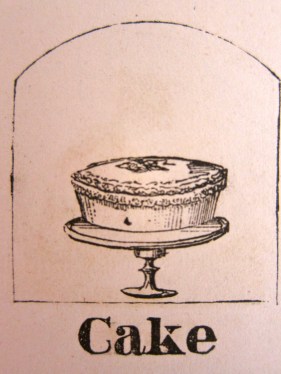Elizabeth Cochrane Seaman, a/k/a “Nellie Bly”
(1864 – 1922)
Sat Sept 18 Mrs Stevens returned to Boston this
morning and I fear she has had a miserable visit
there has been no quiet since she has been here
I have engaged a new girl Louisa McAvoy
but do not believe she will stay long. Went
to see Mrs Southworth about her & to tell her not
to come back but she has gone after her clothes and I
must try her
Evelina saw Mrs. Stevens off this morning with what were probably mixed feelings. She liked the woman, and worried that Mrs. Stevens’ visit had been “miserable,” because there had been so much housework and lack of rest for her guest. Yet she may also have been ready to see her go. At one point, Evelina had been a little jealous of her friend. She also probably felt the relief that most hostesses feel when guests depart; however likable the company has been, the return to familiar routine is nearly always welcome.
A new servant, Louisa McAvoy, was on the scene. Evelina evidently used the services of a Mrs. Southworth to find the new girl. Was Mrs. Southworth part of an employment agency for household help, or was she simply someone who knew where and how to find Irish servants? The latter option seems more likely. While commercial recruitment agencies did exist in urban areas, North Easton would have been too small to sustain one. But the question remains: who was Mrs. Southworth?
In another few decades, the intrepid Nellie Bly would report on the issue of employment difficulties for women. A reporter for The New York World, Bly was famous for her stories and exploits, including traveling around the world by herself in 72 days, and feigning madness in order to get inside an insane asylum to report on conditions. In 1889, she explored the scheming of various employment outfits in New York City. The headline ran:
Nellie Bly Exposes a Snare for Swindling Poor Women; A Contemptible Scheme to Rob Needy Girls Who Seek Employment; Heartless Women Who Promise to Find Work for Scarf-Makers and Lure Them Into Their Clutches; Demanding Pay for Instruction They Never Give, and, After Taking the Last Penny, Turning Them Out with No Effort to Secure Employment; Sad Stories of the Wretched Swindle from the Lips of Helpless Girls and Bereaved Mothers.*
Let us hope that Mrs. Southworth was both reliable and honest with the women she placed, unlike the tricksters that Nellie Bly exposed.
*The New York World, February 3, 1889









